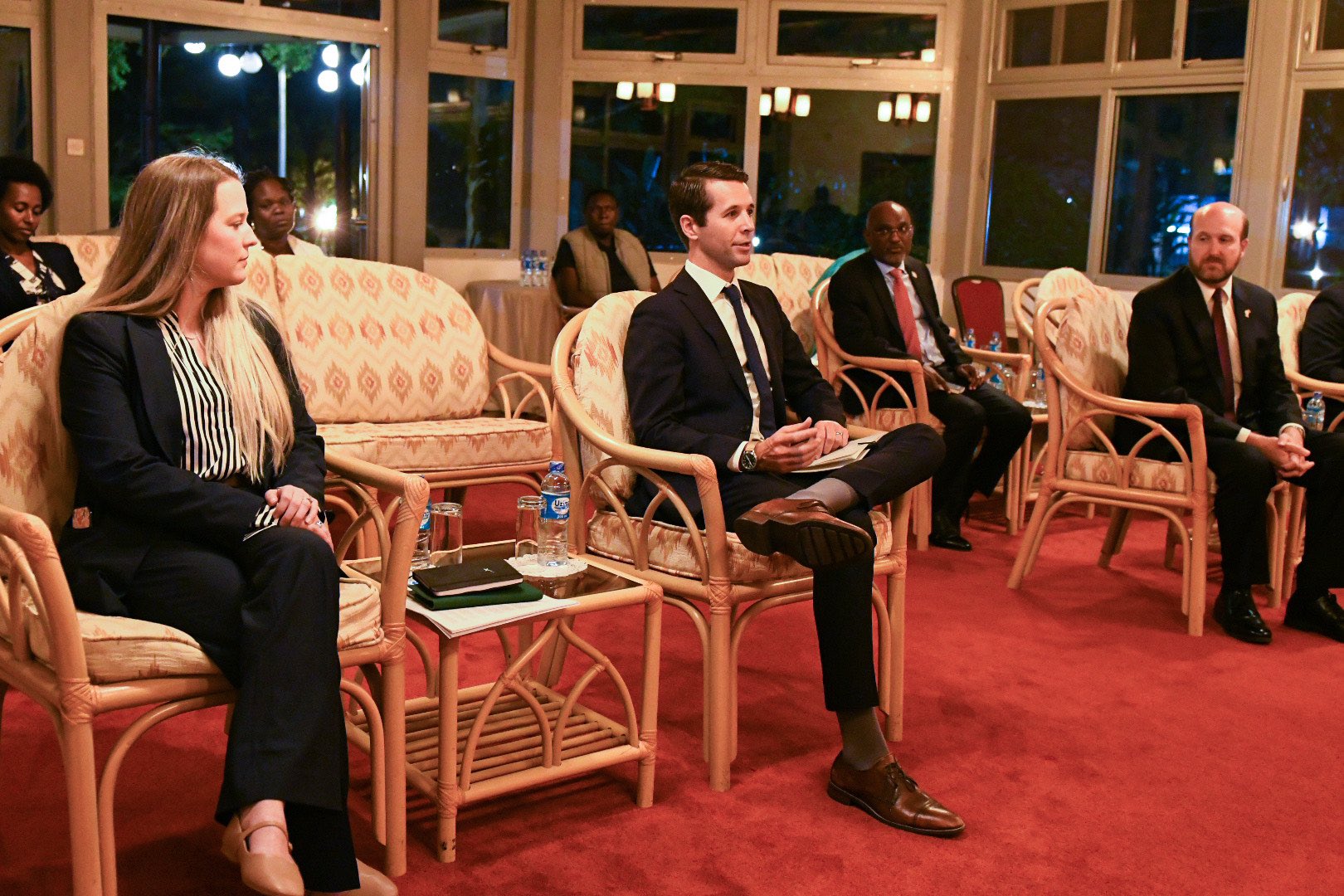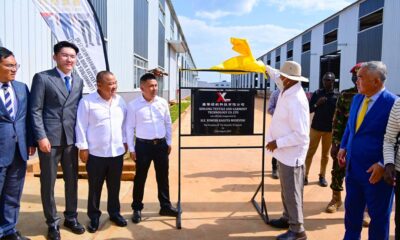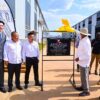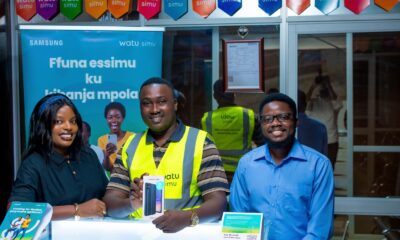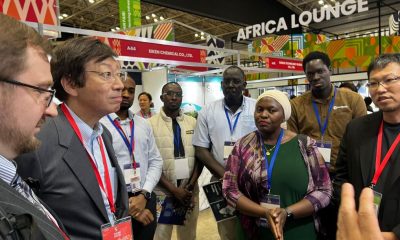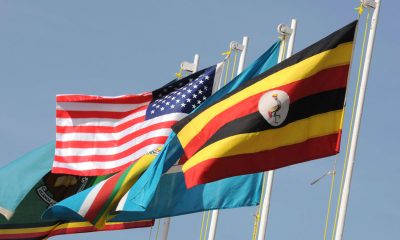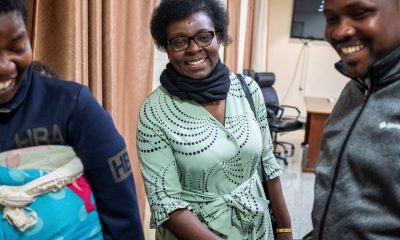Tech and Communication
President Museveni Welcomes Elon Musk’s Starlink In Uganda
In a landmark announcement today, President Yoweri Museveni officially confirmed the imminent launch of Starlink, the satellite internet service pioneered by Elon Musk, in Uganda. The President’s declaration follows a productive meeting held in Nakasero with representatives from the groundbreaking internet provider.
President Museveni conveyed his strong approval of Starlink’s commitment to delivering affordable internet connectivity, especially to the often-neglected remote communities across Uganda. “I appreciate their commitment to providing low-cost internet in hard-to-reach areas and establishing a presence in Uganda. They are welcome,” the President affirmed, signalling a significant leap forward in the nation’s digital infrastructure.
This confirmation underscores the steady progress of Starlink’s entry into the Ugandan market, a move that began with the company’s application for an operational license. Starlink’s ambitious goal is to blanket the entire nation with high-speed, low-latency internet coverage. This innovative technology presents a powerful solution to bypass the constraints of traditional internet infrastructure, which frequently struggles to extend its reach to Uganda’s more geographically challenging regions.
Starlink’s coverage maps indicate comprehensive plans to serve a wide array of Ugandan districts, encompassing both major urban centers and their more distant counterparts. This expansive coverage holds the potential to fundamentally reshape how Ugandans access information and essential online services.
Starlink is a satellite internet constellation developed and operated by SpaceX. It aims to provide high-speed, low-latency internet to underserved and remote locations across the globe. Here are some key facts about the technology:
Why Starlink could be a game changer in Uganda
Starlink utilises a vast network of thousands of small satellites in low Earth orbit (LEO), at an altitude of approximately 550 kilometres (around 340 miles). This lower orbit significantly reduces latency compared to traditional geostationary satellites that orbit much farther away (about 35,786 km).
The satellites are equipped with phased array antennas and, in newer versions, optical space lasers (inter-satellite links). These lasers allow satellites to communicate directly with each other without needing to relay data through ground stations, enabling truly global coverage, even over oceans. Each satellite has ion propulsion systems powered by argon, which allows them to adjust their orbit, manoeuvre to avoid collisions with space debris, and de-orbit at the end of their lifespan (around five years).
Starlink offers high-speed internet, with download speeds typically ranging from 50 to 200+ Mbps, and low latency, often below 50 milliseconds. This performance allows for activities that are challenging or impossible with traditional satellite internet, such as streaming video, online gaming, and video conferencing. Speeds and latency can vary depending on location, network congestion, and other factors.
Starlink’s coverage map indicates that Uganda is within its coverage area.However, official service availability depends on regulatory approval from the Uganda Communications Commission (UCC). President Museveni’s announcement suggests that this approval process is progressing positively.Some individuals in Uganda have reportedly accessed Starlink through roaming services by subscribing in neighbouring countries where Starlink is already licensed, but this is not an officially supported method and may have limitations.
Potential Impact on Uganda
Bridging the Digital Divide: Starlink has the potential to connect remote and rural areas of Uganda where traditional internet infrastructure (fibre optic cables, mobile towers) is limited or non-existent. This can empower communities with access to information, online services, and global markets.
Education: Remote learning can become a viable option for students in underserved areas, providing access to online educational resources, virtual classrooms, and collaboration tools. This can improve educational outcomes and opportunities.
Healthcare: Telemedicine can expand healthcare access to remote populations, allowing for virtual consultations, remote diagnostics, and improved healthcare coordination. This can be crucial in areas with limited access to medical facilities and specialists.
Economic Development: Reliable internet access can support businesses and entrepreneurs in rural areas, enabling them to participate in the digital economy, access online markets, manage finances, and improve communication. This can foster economic growth and create new opportunities.
Government Services: Starlink can facilitate the delivery of government services to remote areas, including online registration, information dissemination, and citizen engagement.
Emergency Response: In times of natural disasters or other emergencies, Starlink can provide critical communication infrastructure when terrestrial networks are damaged or unavailable.
Competition and Innovation: The entry of Starlink into the Ugandan market could foster competition among internet service providers, potentially leading to improved services and more affordable options for consumers in the long run. However, it might also pose challenges for existing local telecom companies.
Meanwhile, the official launch of Starlink in Uganda is a highly anticipated event with the potential to significantly transform the country’s digital landscape and bring numerous benefits to its citizens, particularly those in previously unconnected regions. The specifics of pricing and service plans will be crucial factors in its widespread adoption.
Comments



